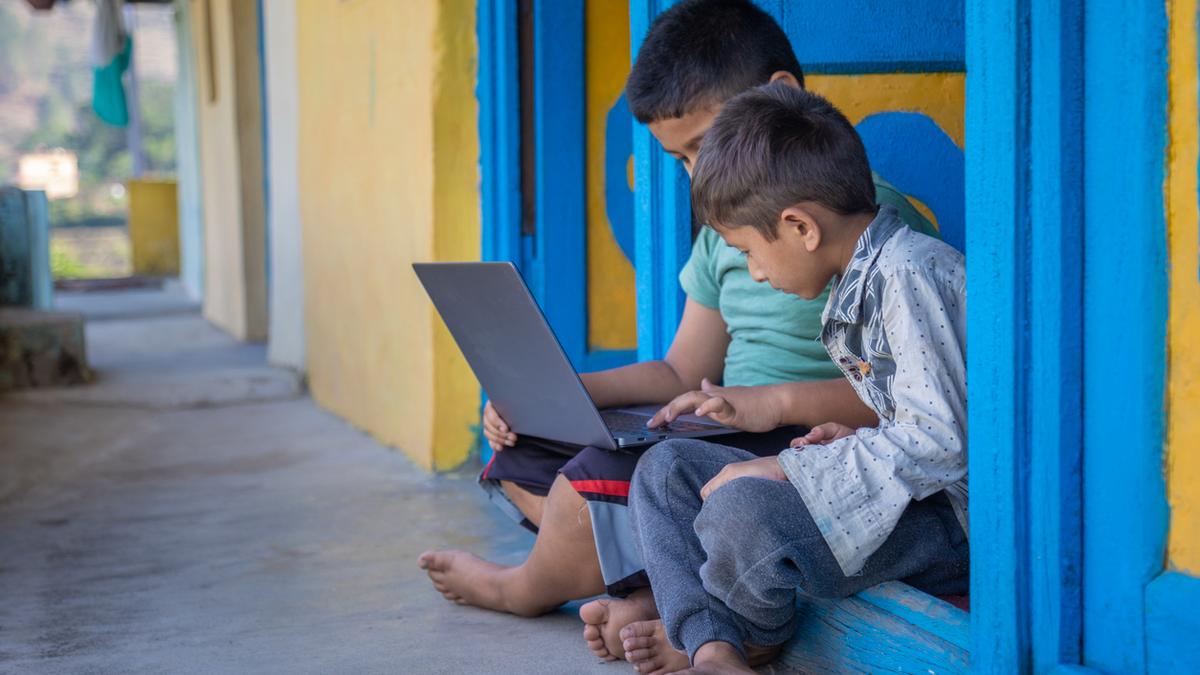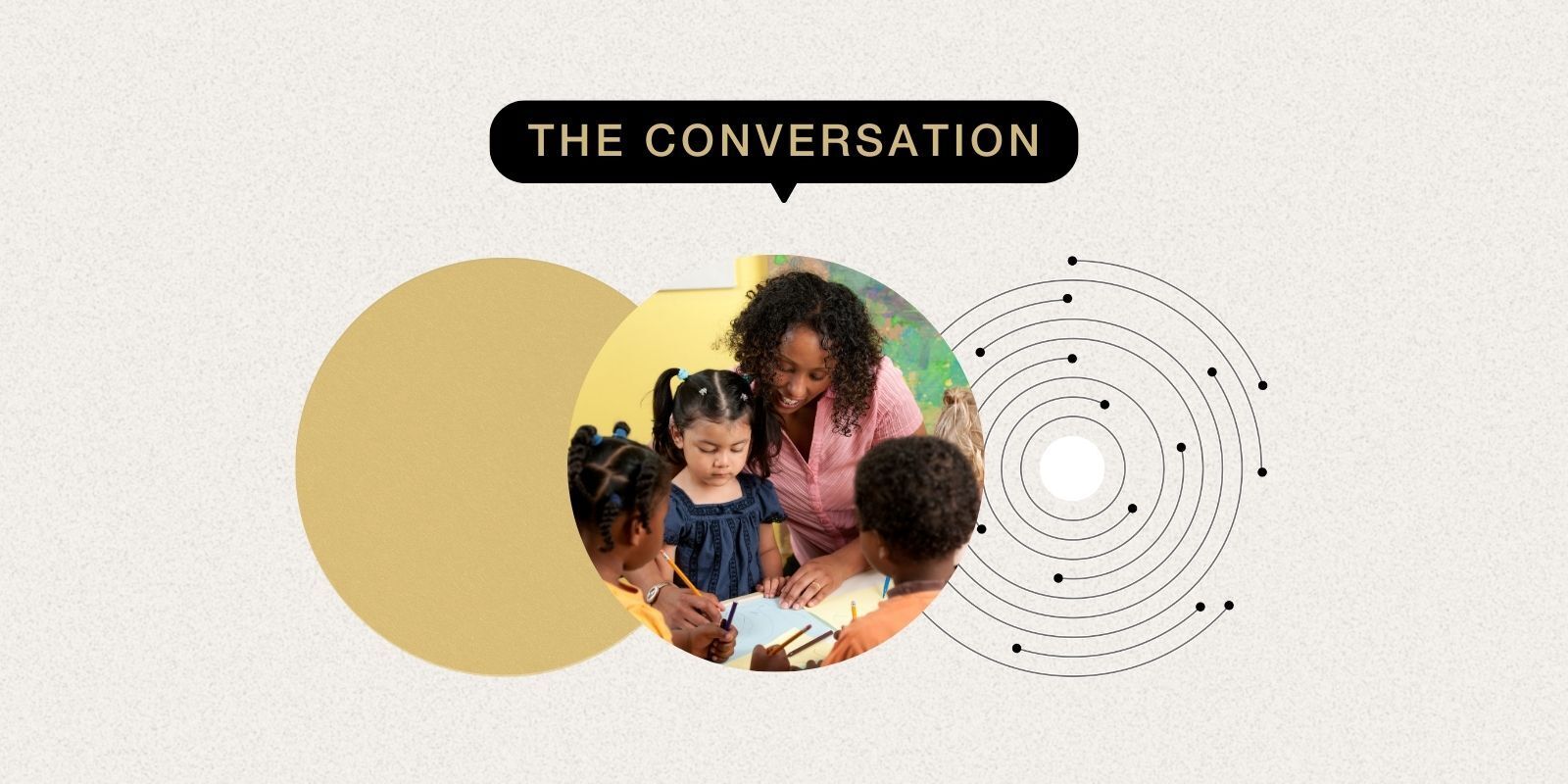Study reveals digital skills gap in India linked to caste and income – The Hindu

Report on ICT Skill Inequality in India and its Implications for Sustainable Development Goals
Introduction: The Digital Divide and SDG Alignment
This report examines the significant disparities in Information and Communication Technology (ICT) skill acquisition across India, highlighting how these inequalities impede progress towards several Sustainable Development Goals (SDGs). Based on data from the National Statistical Office’s Multiple Indicator Survey (MIS), the analysis reveals that access to digital literacy is heavily stratified by social group, residence, and income, directly challenging the principles of SDG 10 (Reduced Inequalities).
Key Findings: Mapping Disparities in ICT Competency
The study reveals persistent divides that undermine SDG 4 (Quality Education) and SDG 5 (Gender Equality). The disparities are evident across multiple demographic lines:
- Social Group Disparity (SDG 10): Scheduled Tribes (STs) and Scheduled Castes (SCs) face the most significant disadvantages in acquiring ICT skills.
- STs: 89.49% lack any ICT skills.
- SCs: 86.62% lack any ICT skills.
- OBCs: 81.73% lack any ICT skills.
- Others: 73.71% lack any ICT skills.
- Gender Disparity (SDG 5): A severe gender gap exists in ICT competencies. Females are approximately 50% less likely than males to possess ICT skills.
- Nationally: 22.78% of males have ICT skills compared to 13.91% of females.
- Uttar Pradesh: The gap widens, with 14.62% of males and only 6.93% of females possessing ICT skills.
- Geographical and Economic Disparity (SDG 9 & SDG 10): Rural residence and lower household expenditure are major barriers to digital inclusion, affecting progress on SDG 9 (Industry, Innovation, and Infrastructure).
- Access to a computer with internet is reported in 6.8% of the poorest 20% of households, compared to 66.3% for the richest 20%.
- The initial uptake of digital skills is highly concentrated among affluent, urban populations.
Structural Barriers to Achieving Decent Work and Quality Education (SDG 8 & SDG 4)
The inequality in ICT skills is symptomatic of deeper structural problems within India’s educational and economic systems, hindering the achievement of SDG 8 (Decent Work and Economic Growth).
Systemic Weaknesses in Skill Development
- Mismatch in Labour Market: A persistent mismatch exists between the demand for and supply of skilled labour. ICT skills are strongly correlated with regular salaried employment, which accounts for only 22% of jobs.
- Informal Training: Many young people, particularly from SC and OBC communities, rely on informal apprenticeships rather than formal training, limiting their access to valued ICT skills.
- Educational Disadvantage: Weaker schooling and fewer digital resources disproportionately push marginalized groups into casual or self-employment, away from ICT-intensive sectors that support economic growth.
The Role of Caste and Accumulated Disadvantage in Perpetuating Inequality (SDG 10)
Caste is identified not merely as a categorical variable but as an active instrument of discrimination that creates generational delays in accessing education and technology, directly contravening the goal of reducing inequalities.
Generational and Institutional Factors
- Delayed Access: Dalit children began receiving ICT education decades after other social groups, as public schools introduced computers much later. This historical disadvantage ensures that by the time they learn basic skills, the technological frontier has already advanced.
- Institutional Apathy: Research indicates that in settlements with a majority Dalit population, school infrastructure is often weaker and public investment lags, compounding the educational disadvantage and undermining SDG 4.
- Capability vs. Ownership: While smartphone ownership may be widespread, it does not equate to ICT capability. Affluent households provide an environment of knowledge transfer where parents are often ICT-literate, a resource unavailable to first-generation learners in marginalized communities.
Conclusion: Addressing the Digital Divide for Sustainable Development
The data presents a static snapshot of profound, caste-linked inequality in the digital sphere. This digital gap is inseparable from historical and structural disadvantages. To achieve inclusive and equitable progress towards SDGs 4, 5, 8, 9, and 10, it is imperative to address these root causes. Without targeted interventions to bridge these divides, India’s digital transformation will continue to exclude its most vulnerable populations, failing to realize the potential of its demographic dividend for sustainable and equitable economic growth.
Analysis of Sustainable Development Goals in the Article
1. Which SDGs are addressed or connected to the issues highlighted in the article?
-
SDG 4: Quality Education
The article directly addresses educational disparities, contrasting government schools lacking basic infrastructure like electricity for computers with private schools teaching coding from early classes. It focuses on the acquisition of Information and Communication Technology (ICT) skills, which is a crucial component of modern quality education.
-
SDG 5: Gender Equality
The article explicitly highlights a significant gender gap in ICT skills. It states, “Gender disparity in ICT is even more grave where across all skill levels, females are nearly 50 percent less likely than their male counterparts to have ICT competencies,” providing national and state-level data to support this claim.
-
SDG 8: Decent Work and Economic Growth
The connection between ICT skills and employment is a key theme. The article notes that “ICT skills are strongly correlated with the regular or salaried jobs” and discusses how the lack of these skills hinders India’s ability to capitalize on its “demographic dividend,” pointing to a mismatch between skills supply and labor market demand.
-
SDG 9: Industry, Innovation and Infrastructure
This goal is relevant through its focus on access to technology and infrastructure. The article discusses the disparity in access to computers with internet, a fundamental part of modern infrastructure, highlighting a “ten-fold difference” between the richest and poorest households.
-
SDG 10: Reduced Inequalities
This is the central theme of the article. It meticulously documents inequalities in digital skills based on multiple factors, including caste (“Scheduled castes (SCs) and Scheduled Tribes (STs) are at the most disadvantageous position”), residence (rural vs. urban), and income/wealth (“access to a computer with internet nationally is 6.8% for the poorest 20% of households and 66.3% for the richest 20%”).
2. What specific targets under those SDGs can be identified based on the article’s content?
-
Target 4.4 (under SDG 4): “By 2030, substantially increase the number of youth and adults who have relevant skills, including technical and vocational skills, for employment, decent jobs and entrepreneurship.”
The article’s entire focus on the gap in ICT skills, which are essential technical skills for the modern economy and “regular or salaried jobs,” directly relates to this target.
-
Target 4.5 (under SDG 4): “By 2030, eliminate gender disparities in education and ensure equal access to all levels of education and vocational training for the vulnerable…”
The analysis of disparities in ICT skill acquisition based on gender, caste (SCs, STs), and residence (rural) aligns perfectly with this target’s goal of ensuring equal access for vulnerable groups.
-
Target 5.b (under SDG 5): “Enhance the use of enabling technology, in particular information and communications technology, to promote the empowerment of women.”
The article’s data showing that females are “nearly 50 percent less likely” to have ICT skills highlights the challenge in achieving this target, which aims to leverage ICT for women’s empowerment.
-
Target 8.6 (under SDG 8): “By 2020, substantially reduce the proportion of youth not in employment, education or training.”
The discussion on India’s failure to reach its “demographic dividend” because “skill development never kept pace” and the mismatch between skills and labor market demand directly addresses the issues underlying this target.
-
Target 9.c (under SDG 9): “Significantly increase access to information and communications technology and strive to provide universal and affordable access to the Internet…”
The article provides direct evidence related to this target by citing the vast difference in access to a “computer with internet” between the richest (66.3%) and poorest (6.8%) households.
-
Target 10.2 (under SDG 10): “By 2030, empower and promote the social, economic and political inclusion of all, irrespective of age, sex, disability, race, ethnicity, origin, religion or economic or other status.”
The article’s core finding is that the ability to participate in the digital economy is “sharply stratified” and that caste, gender, income, and residence are powerful factors determining inclusion or exclusion, which is the central concern of this target.
3. Are there any indicators mentioned or implied in the article that can be used to measure progress towards the identified targets?
-
Proportion of individuals with ICT skills, disaggregated by various factors: The article provides several specific data points from the Multiple Indicator Survey that serve as direct indicators.
- By Social Group: The percentage of persons who do not possess any ICT skills is given for STs (89.49%), SCs (86.62%), OBCs (81.73%), and others (73.71%).
- By Gender: The percentage of males with ICT skills (22.78%) versus females (13.91%) nationally, and specifically in Uttar Pradesh (14.62% for males vs. 6.93% for females).
- Specific ICT Competencies: The article mentions that the survey used “Nine indicators… to measure computer literacy,” ranging “from the ability to copy a file to a folder to basic knowledge of coding like writing a computer programme using a specialised programming language.” These specific skills can be used as granular indicators of digital literacy.
-
Proportion of households with access to technology, by income level: This is explicitly stated as an indicator of the wealth divide.
- The article notes that “access to a computer with internet nationally is 6.8% for the poorest 20% of households and 66.3% for the richest 20% of households.” This directly measures access to ICT infrastructure.
4. Table of SDGs, Targets, and Indicators
| SDGs | Targets | Indicators |
|---|---|---|
| SDG 4: Quality Education |
|
|
| SDG 5: Gender Equality | 5.b: Enhance the use of ICT to promote the empowerment of women. |
|
| SDG 8: Decent Work and Economic Growth | 8.6: Reduce the proportion of youth not in employment, education or training. |
|
| SDG 9: Industry, Innovation and Infrastructure | 9.c: Significantly increase access to ICT and provide universal access to the Internet. |
|
| SDG 10: Reduced Inequalities | 10.2: Empower and promote the social and economic inclusion of all. |
|
Source: thehindu.com
What is Your Reaction?
 Like
0
Like
0
 Dislike
0
Dislike
0
 Love
0
Love
0
 Funny
0
Funny
0
 Angry
0
Angry
0
 Sad
0
Sad
0
 Wow
0
Wow
0



















































.jpg.webp?itok=0ZsAnae9#)



























